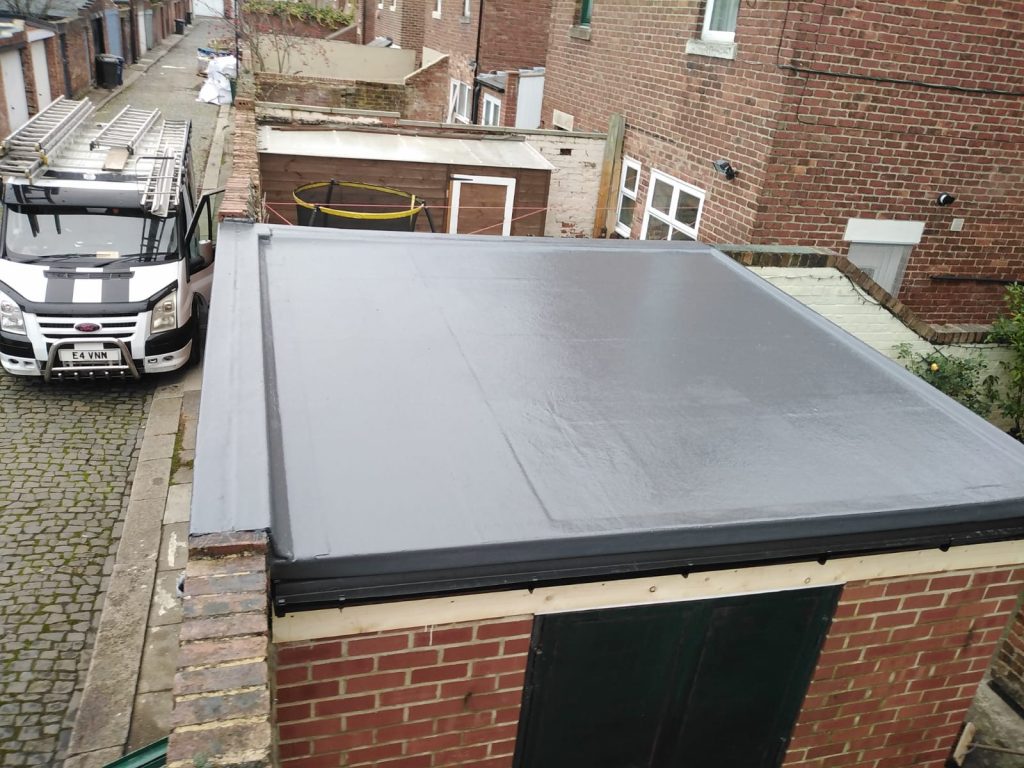GRP, or Glass Reinforced Plastic, is a popular substance choice for smooth roofing systems because of its toughness, versatility, and long-term performance. A GRP smooth roof includes multiple levels of strengthened fiberglass matting, bonded along with a unique resin, and finished with a solution fur to provide a smooth, waterproof surface. That construction approach produces a smooth membrane that is resilient to water ingress, UV deterioration, and serious temperature situations, which makes it an ideal choice for both residential and professional properties.
One of the key features of GRP level roofing is their extraordinary durability and longevity. Unlike standard believed or bitumen roofing materials, GRP is immune to breaking, warping, and rust, ensuring that the top retains its integrity and performance around time. Furthermore, GRP level roofs need small preservation and are very resistant to moss, algae, and other styles of biological development, reducing the requirement for regular cleaning and upkeep.
Yet another advantage of GRP flat roofing is their usefulness and adaptability to different architectural variations and style requirements. GRP can be easily cast and shaped to support complex roof geometries, including shapes, sides, and protrusions, enabling seamless integration with active structures or the creation of special top designs. Moreover, GRP level roofs may be finished in a wide variety of colors and textures to match the artistic preferences of the house owner, providing countless design possibilities.
GRP flat roofing methods also offer outstanding thermal and audio warmth qualities, supporting to boost power performance and reduce noise sign within the building. By minimizing heat loss and stopping cool bridging, GRP smooth roofs contribute to lessen heating and cooling expenses throughout the year, causing long-term savings for the house owner. Also, the easy character of GRP roofing removes the risk of water transmission and humidity, producing a wholesome and much more comfortable interior atmosphere for occupants.
Additionally, GRP flat roofing systems are lightweight and easy to put in, lowering structure time and labor prices in comparison to standard roofing materials. The flexibility of GRP permits fast and effective installment on equally new structure jobs and ceiling refurbishments, reducing disruption to occupants and ensuring regular completion of the roofing project. Moreover, GRP flat roofs are compatible with a wide variety of ceiling extras, including skylights, ceiling windows, and solar systems, letting for easy integration of other functions to improve the performance and aesthetics of the roof.
GRP level roofing methods will also be green and sustainable, making them a popular selection for eco-conscious home owners. GRP is completely recyclable by the end of its GRP Flat Roofs life, reducing waste and reducing environmentally friendly impact of roofing projects. Moreover, the energy-saving houses of GRP flat roofs lead to reduce carbon emissions and reduced energy use, helping to make a greener and more sustainable built environment.
In summary, GRP flat roofing presents numerous advantages over old-fashioned roofing components, including exemplary toughness, flexibility, energy performance, and sustainability. Using its smooth structure, easy installment, and minimal maintenance requirements, GRP level roofs give long-term defense and satisfaction for property owners. Whether used in residential, professional, or commercial applications, GRP flat roofing methods offer a trusted and cost-effective solution for waterproofing and weatherproofing flat roofs, ensuring years of trusted performance and protection.

